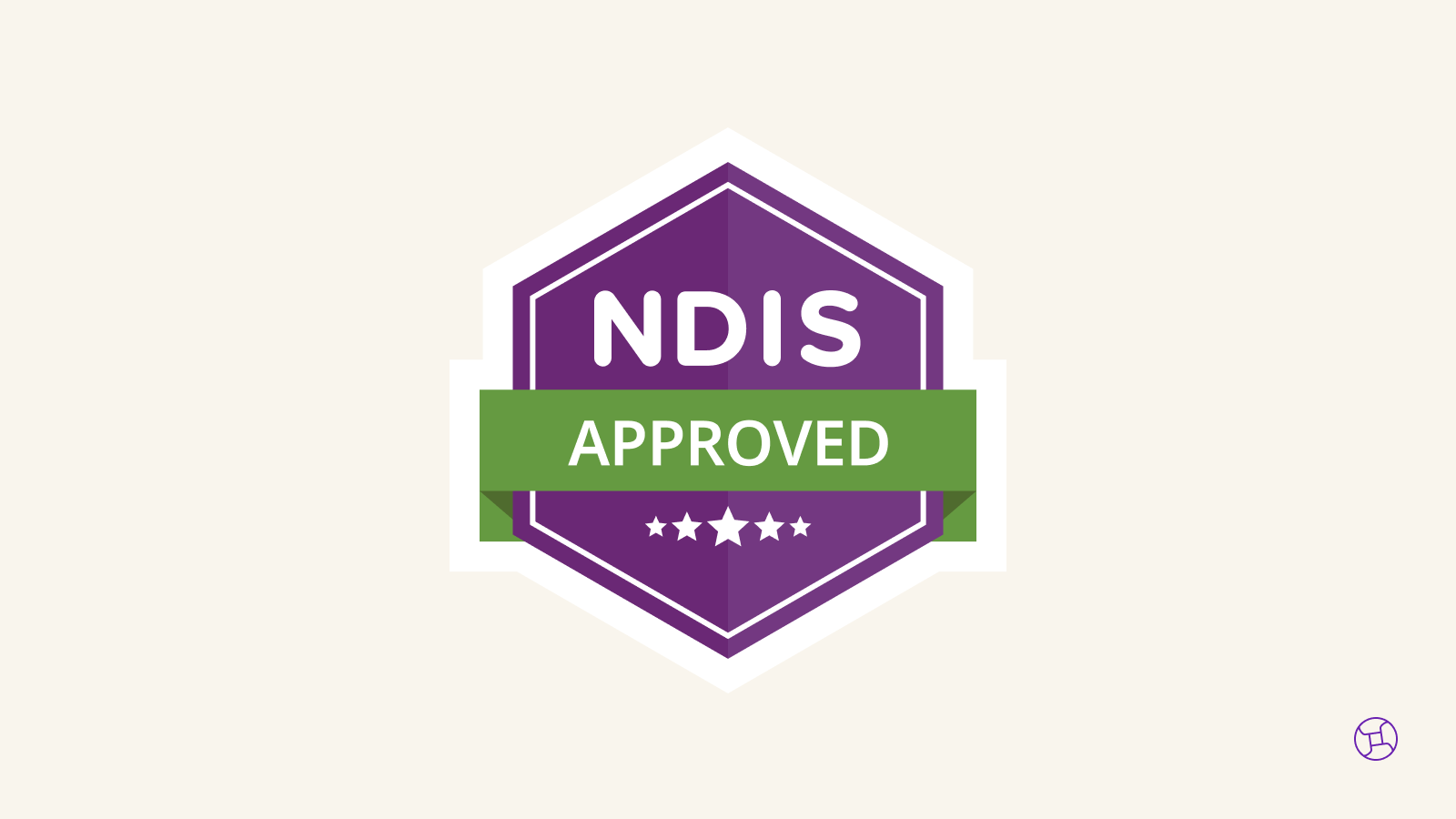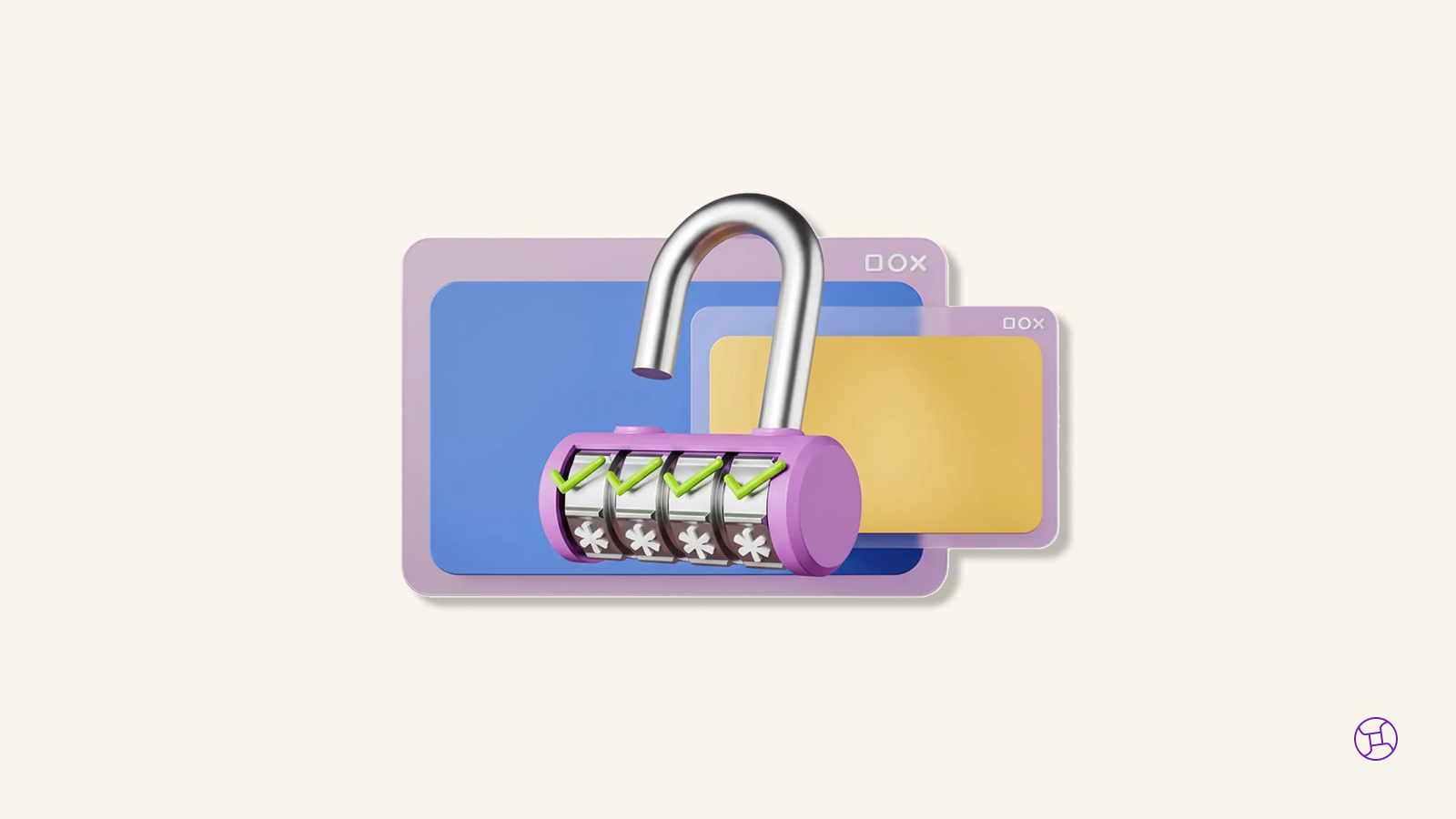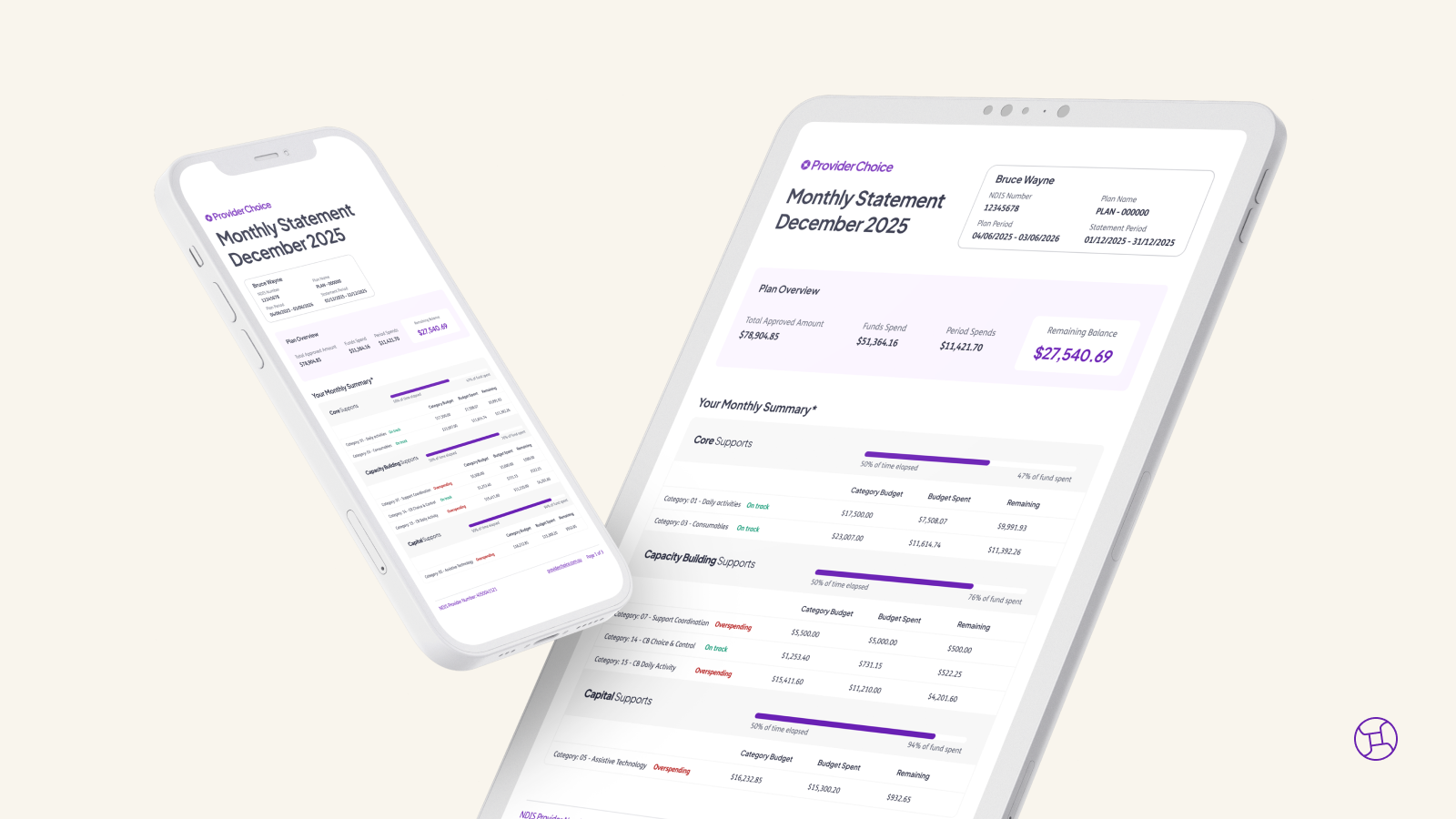Kids with autism are a big part of the NDIS. In fact, 80,000 participants in the NDIS are children under 13.
When I started the Plan Management company Provider Choice in 2019, this picture was only just emerging. And now in 2021, this group is in the spotlight. Recently, the National Disability Insurance Agency (‘NDIA’) has looked into how it can fund support for children 0-12 with autism in the future.
At Provider Choice, we see it as our responsibility to make sure that with any change we help families understand it so it won’t adversely affect the amount of funding they receive and the types of support they can access.
This is why we are closely following what is happening with the latest information released by the NDIA. In a proposal recently published called ‘Interventions for children on the autism spectrum’ released in March 2021, the NDIA has provided an indication of changes it wants to make to the scheme for kids with autism. To help families understand what these changes mean, check out our 2021 NDIS Reforms Guide here.
What are the NDIA proposing?
The proposed changes target the capacity building part of a child’s NDIS plan only. The NDIA is taking a closer look at the cost and benefit of therapies that seek to improve an autistic child’s skills and functioning in everyday routines.
Currently, the average capacity building budget in an under-13-year-old child’s plan is $10,700. The agency emphasises that this amount represents an average only. Typically, a plan size shrinks as a child’s functional capacity grows. Funding may spike at critical transition points, for example, when a child starts school. The NDIA calls this ‘lifespan approach’.
In the future, the agency wants to use more clearly defined ranges for the amount of money it will include in a child’s capacity building budget. It proposes four levels of funding for children on the autism spectrum, with Level 4 marking the highest needs:
How much funding will the NDIA grant in the future? The agency says it depends on the evidence parents provide to show that a certain level of capacity building is required and will likely have positive outcomes.
What do parents need to know?
Ahead of any changes we will soon start to advise parents to offer strong evidence that a specific intervention (including the amount, the type and how it’s delivered) is reasonable and necessary. They will need to show that this specific therapy and format is expected to have a positive effect on their child.
What we know is that the voice of a child’s individual therapists, psychologists and other medical specialists will be critical. Their ability to clearly articulate the need and expected benefits of a certain therapy approach will influence how much funding a child with autism may receive for capacity building in the future.
There are things that the NDIA is now being very clear it will not look to fund in the future. For example, it is using a recent study on weighted blankets to indicate that these are not ‘reasonable and necessary’. That study found that they did not help children on the spectrum fall asleep faster or wake less often at night – despite the fact that many parents believe the blankets make a positive difference.
What do providers need to know?
The proposal lists seven principles and standards that providers need to be on top of because they could guide the agency’s funding decisions around kids with autism in the future.
Principles for funding autism interventions:
- The intervention is based on a good understanding of autism
- The people who deliver the intervention know the person well and respect their feelings and views
- The intervention is adapted to the needs of the person receiving it
- The intervention is based on a theory that is logical and scientifically plausible
- The intervention works in the real world, not just in a research laboratory
- Research evidence shows the intervention can work for people on the autism spectrum
- The intervention supports mainstream and community participation
Standards the NDIA wants to see fulfilled:
- The intervention is delivered by, or supported by, appropriately qualified and experienced professionals
- The people delivering the intervention follow established guidance
- The intervention provides significant and lasting benefits
- The intervention is carefully monitored and reviewed on a regular basis
- The intervention does not cause significant physical or emotional harm
- The benefits outweigh any costs (including risks)
- The intervention is good value for money and time invested
It’s important to stress that these changes have not happened, but they are giving an indication of where the NDIA wants to go.
As a Plan Manager, our role at Provider Choice is not just paying invoices, but making sure our participants can best navigate the NDIS so they understand the processes, and what they need to do to create their best lives.
To learn more about the latest NDIS reforms and how they could impact you, download our guide for an easy to understand version of what the latest proposal covers.
.png)



